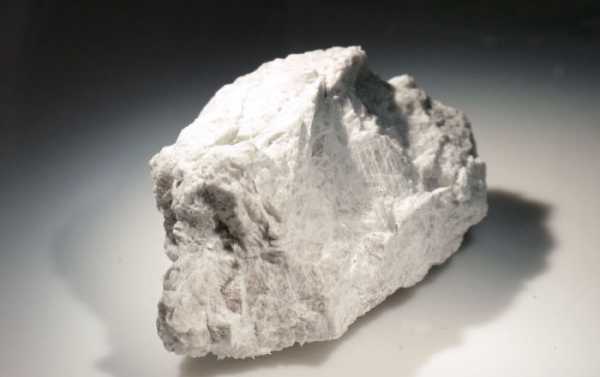
Last year, researchers uncovered a method of extracting oxygen from moon dust without producing any waste by separating the chemical from the material it’s bound to as an oxide.
The first prototype oxygen facility will be attempting the same extraction process on a larger scale, it was reported by Science Alert on Monday.
The new plant could potentially provide humans with essential resources that can aid in future space missions and even provide a means for long-term existence on moon bases and colonies.
“Being able to acquire oxygen from resources found on the Moon would obviously be hugely useful for future lunar settlers, both for breathing and in the local production of rocket fuel”, she added.
The Moon has no atmosphere and humans cannot breathe on it, but oxygen is mixed up within dust (regolith) on the lunar surface as oxides.
The facility, established under the European Space Agency’s European Space Research and Technology Centre (ESTEC) in the Netherlands, will use a method which was discovered by Lomax and her colleagues in 2019.
Loose dust, rocks and dirt from the surface of the Moon has shown that oxygen is abundant in the substances and around 40 and 45 percent of the regolith is oxygen by weight.
Exact replicas of lunar regolith, called lunar regolith stimulant, have previously been developed on Earth. However, attempts to extract the oxygen in the past have often led to poor results.
Lomax’s team changed the game in 2019, publishing a research paper on how to extract the chemical from moon dust with a technique called molten salt electrolysis.
The regolith is first placed in a mesh-lined basket before an electrolyte, calcium chloride, is added to the mix and heated to an extraordinary 950 degrees Celsius, which is still not enough to melt the substance.
An electrical current is then applied which extracts the oxygen and separates the salt to the anode, where it can be simply removed.
The process can extract up to 96 percent of the oxygen from the regolith and the remnants from the experiment are a blend of metal alloys.
Currently, the facility is based on commercial deoxidation facilities where oxygen is an impractical subsidiary and simply removed, but it will include a means of storing the oxygen.
Ultimately, the facility will be capable of operating on the Moon itself using real lunar regolith in place of the synthetic version.
“Accordingly we’re shifting our engineering approach to a systematic use of lunar resources in-situ. We are working .. towards a sustained human presence on the Moon and maybe one day Mars.”
According to Science Alert, the materials which could be produced from the research are currently unknown to the European Space Agency. It is possible that they could be 3D printed directly, but they may also require refining, with the combination of metals depending on the region of the Moon the regolith is taken from.
Sourse: sputniknews.com






